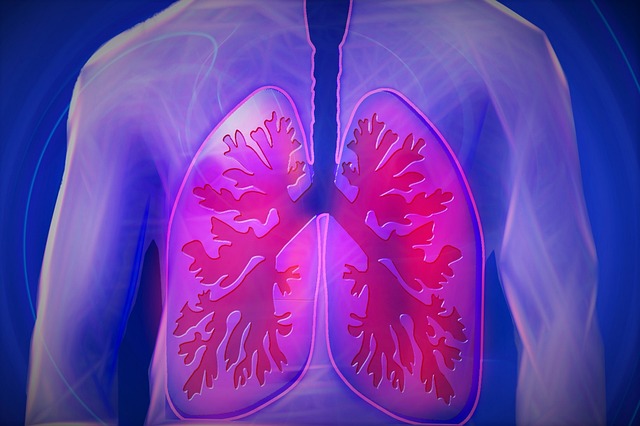
Our office has represented railroad workers with cancer for decades. In more recent years, medical science has made huge strides in identifying biomarkers, or genetic mutations, to develop targeted therapies to treat different types of cancer. Many of our clients have had fantastic medical results with targeted treatments after molecular testing, known as next-generation sequencing (NGS), of their tumors revealed a particular mutation.
Some targeted therapies include:
- immunotherapies that help the immune system find and target cancer cells;
- interfering with the cancer cell’s growth or replication process;
- preventing the tumor from getting blood supply or hormones that it needs;
- or killing specific cancer cells.
The particular mutations that are found in tumors sometimes show patterns of appearing in certain groups of people. Some mutations appear mostly in non-smokers, women or people living in Asia. Defendants in litigation have attempted to use the results of NGS testing to question causation in toxic exposure cases. For example, in a case with a non-smoking railroad worker who was diagnosed with an EGFR-positive adenocarcinoma, the railroad may argue that the EGFR results prove that the cancer was a result of bad luck, rather than occupational exposure to asbestos, diesel exhaust or silica. Alternatively, when a railroad worker has a KRAS mutation, the railroad may argue that the biomarker proves that the cancer was caused by smoking.
Recent scientific studies have demonstrated that these railroad arguments are weak and nothing more than an attempt to escape responsibility. A recent article in Nature provides evidence that environmental agents promote cancer development from mutations existing in otherwise healthy lung cells (Hill, W., Lim, E.L., Weeden, C.E. et al. Lung adenocarcinoma promotion by air pollutants. Nature 616, 159–167 (2023). The study focused on EGFR-positive lung adenocarcinomas, and found a significant association with particulate matter (ie- diesel exhaust) in the air and incidence of EGFR-driven lung adenocarcinomas. Another study by Yilmaz et al. in the New England Journal of Medicine also found that the rates of EGFR mutation were higher in persons with asbestos exposure. Studies such as these show that occupational exposures such as those found in the railroad industry play a large role in cancer development.
The Federal Employers Liability Act (FELA) allows a railroad worker to recover if the railroad’s negligence caused or contributed to the development of the worker’s cancer. The FELA provides a remedy for a worker regardless of whether occupational exposures caused a genetic mutation or acted to “promote” a pre-existing mutation into cancer.
Advancements in science often lead to advancements in legal arguments. Our office remains prepared for the various defenses that the railroad uses to avoid liability. If you are a railroad worker who has been diagnosed with lung cancer after a career of working around diesel fumes, asbestos and silica, please contact us today to discuss if you have a claim.





